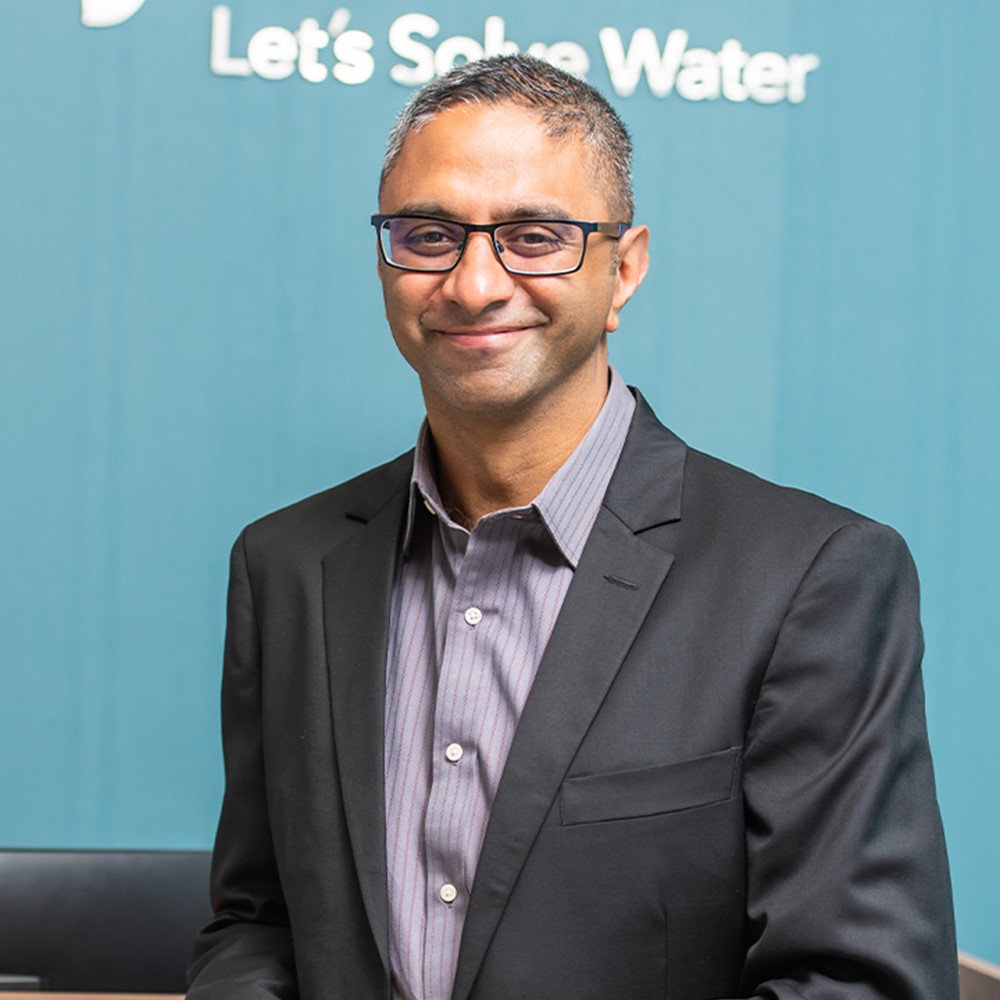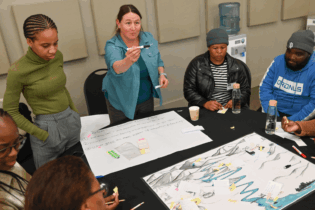Municipalities are looking for opportunities to improve service delivery and cash flow. Yet many still don’t realise the hidden gains of digitising their water systems.


- Not started: These are sites with only legacy analogue infrastructure. There are no digital strategies or technologies in play.
- Basic: Basic sites have begun incorporating digital technologies into their operations. They are developing online monitoring capabilities by combining Supervisory Control and Data Acquisition (SCADA) and Internet of Things (IoT) systems.
- Opportunistic: Sites qualify as opportunistic; they start redesigning their operations with digital automation and control enhancements. A clear sign is the presence of analytics tools utilised for process optimisation.
- Systematic: In systematic sites, digital technologies are well established. There is evident inter-process automation and control, and the site’s internal resources and platforms work with digital infrastructure.
- Transformational: In the most mature stage, transformation sites incorporate digital technologies across business and operations processes, using advanced analytics for decision-making.

- Not started: Acknowledge digitisation as a business priority and develop a digital strategy. Pursue pilot projects to explore digital implementation.
- Basic: Mobilise pilot projects and learn from industry peers and research. Inform customers and employees of the new direction, and look at how to transition recording, billing, and similar processes from paper to digital.
- Opportunistic: Enhance and stabilise data infrastructure and align operations around data-driven goals. These steps will lay the pipes for incorporating next-level technologies.
- Systematic: Use new digital technologies to develop new products and services through digital technology. Develop an evolving digital framework and align projects with the new digitally powered business strategy.
- Transformational: The work is not done! Continue using digital technologies to implement increased efficiencies. Exchange best practices with other utilities and study the breakthroughs in the modern water industry.








